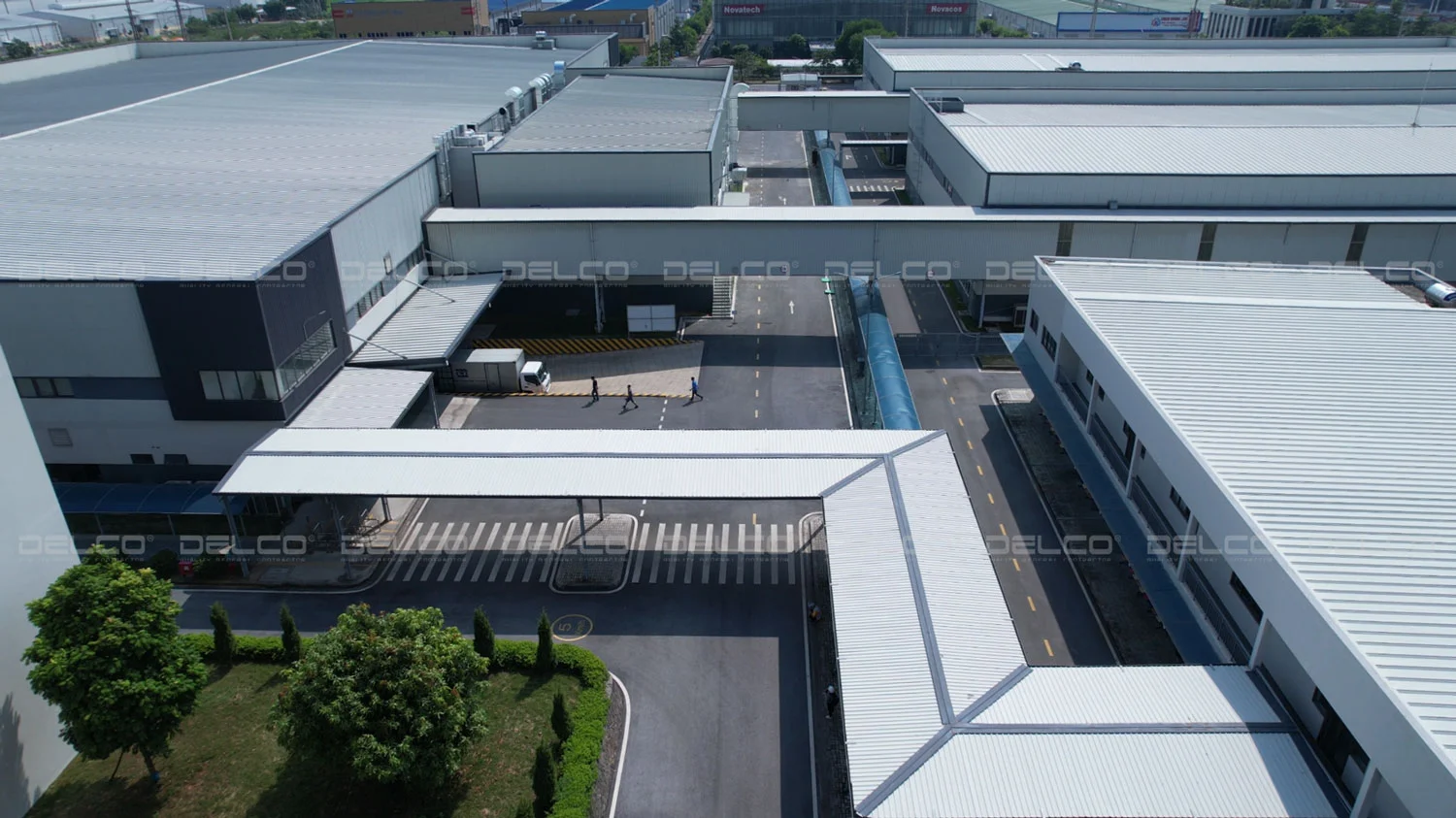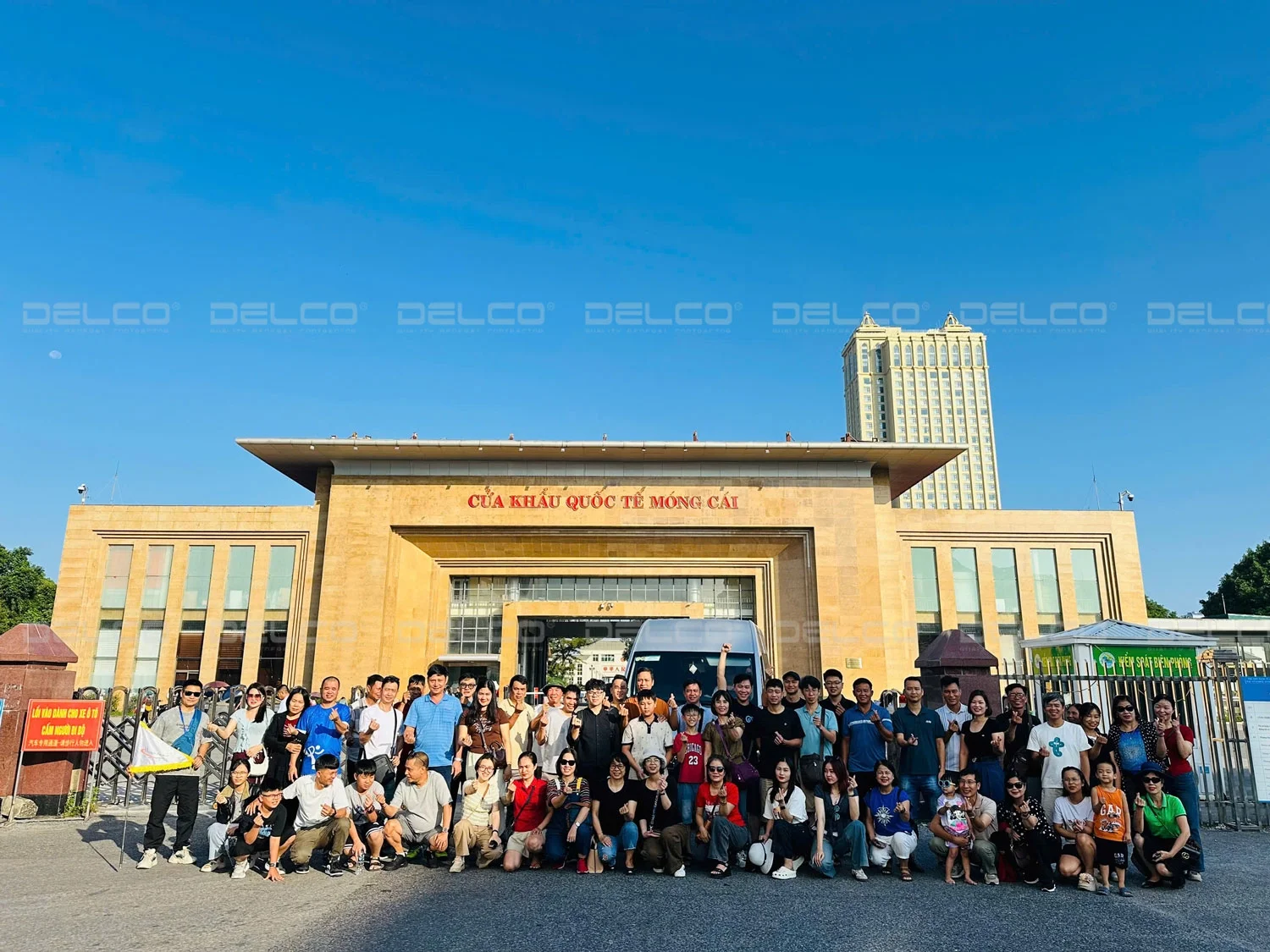According to the plan, Vietnam will build 8 new airports, stretching from North to South, contributing to economic growth, the development of the logistics system, and attracting both FDI (Foreign Direct Investment) and DDI (Domestic Direct Investment).
Vietnam will establish 8 new international and domestic airports
During the 2021–2030 period, Vietnam continues its process of upgrading and developing the national transportation infrastructure with plans to construct and renovate a series of airports across the country. These projects will not only benefit the tourism industry but also play a crucial role in improving freight transport and logistics services. They will help strengthen regional connectivity, expand international trade opportunities, and lay the foundation for sustainable economic development.

Long Thanh International Airport
Long Thanh International Airport is the most important project in Vietnam’s aviation infrastructure development strategy. Planned to be built in Dong Nai, this airport is designed to handle up to twenty-five million passengers and 1.2 million tons of cargo in its first phase. Long Thanh will become one of the major aviation hubs in the region, easing the burden on Tan Son Nhat Airport and boosting the nation’s passenger and freight transport capacity.

Rendering of Long Thanh International Airport
Quang Tri Airport
Quang Tri Airport, which began construction in July 2024, will be the eighth airport in the central region of Vietnam. Spanning 276 hectares, Quang Tri Airport has a total investment of approximately VND 5,800 billion (around USD 240 million) and is projected to handle five million passengers and 25,500 tons of cargo per year. The project is being developed under the PPP (Public-Private Partnership) model and is expected to drive local economic development, enhance tourism, and boost cargo transport in Quang Tri province and the central region of Vietnam.

Rendering of Quang Tri Airport
Phan Thiet Airport
In the South Central region, Phan Thiet Airport is planned to become a 4E-class airport with a capacity of two million passengers per year, serving the tourism and air transport needs of Binh Thuan province. With its strategic location near famous tourist destinations like Mui Ne and the renewable energy development area, Phan Thiet Airport is expected to provide a significant boost to the economy of Binh Thuan and its surrounding regions.

Sapa Airport
Sapa, a popular tourist destination in the Northwest of Vietnam, is also constructing a 4C-class airport with a total investment of VND 6,948 billion (around USD 290 million). Covering an area of 371 hectares, Sapa Airport is initially designed to handle approximately three million passengers per year. This airport will enhance connectivity for Lao Cai province and nearby areas, especially in the tourism and import-export sectors.

Rendering of Sapa Airport
Na San Airport
Na San Airport, located in Son La province, is a key airport in the transportation development plan for the Northwest region. Na San Airport is being renovated and expanded from a military airbase into a 4C-class domestic airport, with a design capacity of 0.9 million passengers per year. This development will improve connections between remote areas and major economic hubs of the country, facilitating the transport of goods and travelers.

Planned Layout of Na San Airport
Lai Chau Airport
Lai Chau Airport has been approved as a 3C-class domestic airport, to be built on an 11.09-hectare site, with a design capacity of 500,000 passengers per year. Located in Tan Uyen town, Lai Chau province, the project has an estimated total investment of VND 8,000 billion (around USD 332 million). It is currently in the stage of field surveying, economic efficiency evaluation, and seeking investment funding.
Bien Hoa and Thanh Son Airports
Bien Hoa and Thanh Son are two military airports expected to be partially converted for civilian use, helping to alleviate the burden on Tan Son Nhat and Cam Ranh airports. Bien Hoa Airport, situated near Ho Chi Minh City, will significantly enhance the transportation capacity of the Southeast region. Meanwhile, Thanh Son Airport in Ninh Thuan will improve connectivity in the South Central region and promote local economic development.
Impact on the Logistics System and International Trade
The planning and construction of additional airports in Vietnam not only support tourism development but also have a profound impact on the logistics system and international trade. The expanded airport network helps alleviate the overload at existing airports, laying the groundwork for tourism growth, while enhancing transportation capacity and trade connectivity both domestically and internationally.

Illustration: Automated Immigration at Tan Son Nhat Airport
The expansion of airport infrastructure also creates favorable conditions for attracting foreign direct investment (FDI) and domestic direct investment (DDI), improving transportation infrastructure, reducing transportation time and costs, and enhancing competitiveness. This will help Vietnam become an attractive destination for investors.
Xem thêm: Factors to evaluate and choose a location for locating factories in Vietnam
Xem thêm: List of Billion-Dollar FDI Projects in Vietnam in 2024






